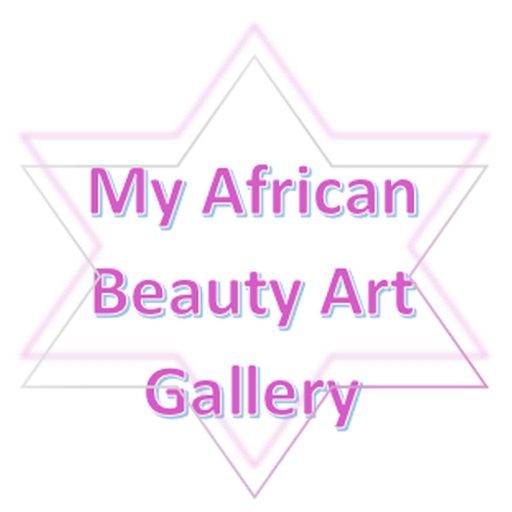NKANU
TYPES OF ART
Nkanu art styles are very similar to their Yaka and Lula neighbors. They carve wooden masks that are used for ceremonial purposes and anthropomorphic wooden sculptures.
HISTORY
Nkanu peoples live in an area of central Africa that is rich with historical narratives and events. They are situated between Kongo and Yaka peoples, both powerful empires during the last couple of centuries. As such, their own history is best understood when viewed within the context of the whole region. In 1482 the Portuguese arrived on the coast, beginning diplomatic relations with Kongo royalty which included sending Kongo nobles to visit the royal assemblage in Portugal in 1485. The relationship established between these two empires brought both Christianity and slaving into the region. Nkanu peoples were undoubtedly affected by both of these influences. Nkanu share many cultural and linguistic similarities with their Yaka and Lula neighbors, indicating probable historical connections between them.
ECONOMY
Among Nkanu, men contribute to the local economy largely through hunting. They may hunt either individually or in groups, and most often use bow and arrow, or old rifles. The women contribute primarily through cultivation of cassava, sweet potatoes, beans and peanuts. They further supplement the diet through the gathering of wild fruits and berries and occasional fishing in the nearby rivers. Manioc is the main staple throughout the region, but maize is also very important. Intergroup trade with neighbors in the region play a critical role in Nkanu economics.
POLITICAL SYSTEMS
Like most of the peoples living in this region, Nkanu peoples traditionally observed matrilocal descent, inheritance rites, succession, and residence patterns. Although in recent years there has been a tendency for some sons to reside in their own villages after marriage, succession and inheritance still observes matrilocal patterns. In most cases, however, when a man and a woman are married they move to the village of the bride. Many times the bride’s father is the brother of the groom’s father. In effect, the groom is marrying his maternal cousin and living in the compound of his maternal uncle. In this way power resides within the maternal line. This arrangement results in a relatively high value being placed on daughters, who in most cases bring in a considerable bride price for her family. It does not necessarily increase her power, however, as she is still at the mercy of the men in her life.
RELIGION
There is creator god who inhabits the sky and is responsible for life, death and all unanswerable questions. There are no religious practices which actively pay homage to this God. Instead, religious celebrations focus on honoring the elders and ancestors. The death of an elder is cause for a public ceremony performed by other elders. Ancestors may be honored by recognizing and practicing the traditional ways and through offerings and gifts. The offering place is usually a clearing in the forest, removed from the everyday interactions of village life. Offerings may otherwise be made at the grave site of the ancestors.
FACTS ABOUT NKANU
LOCATION

COUNTRIES
Democratic Republic of the Congo
LANGUAGES
Kinkanu (central Bantu)
POPULATION
unknown
